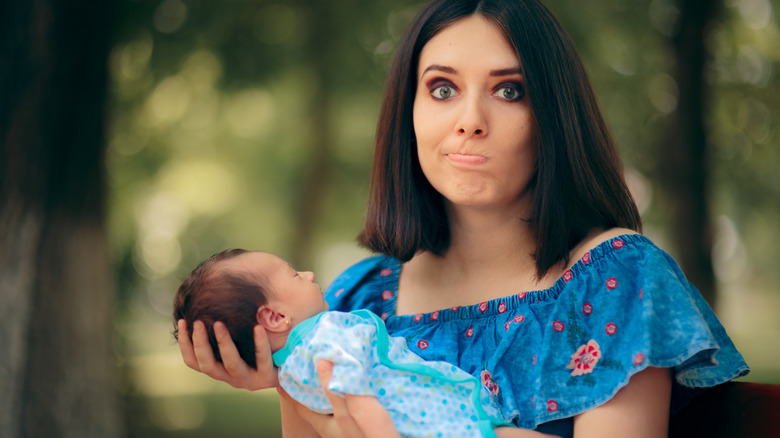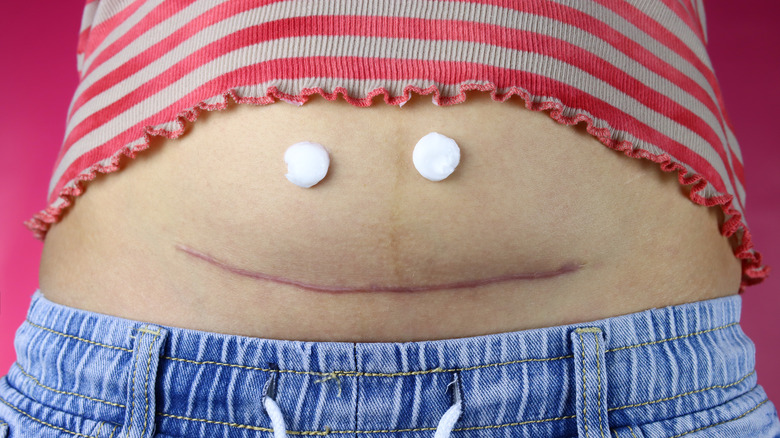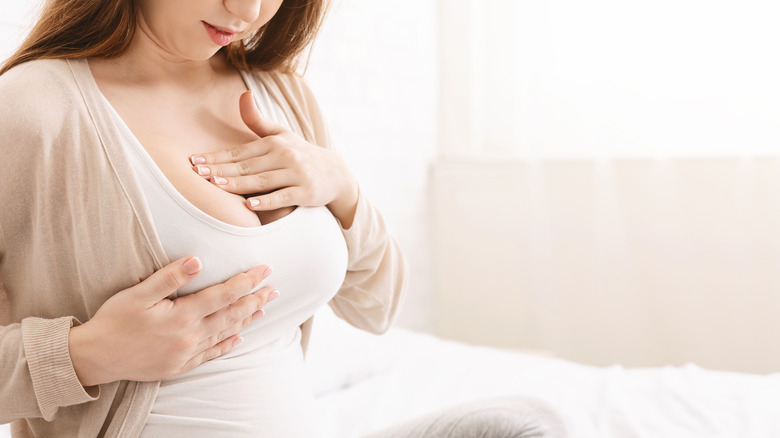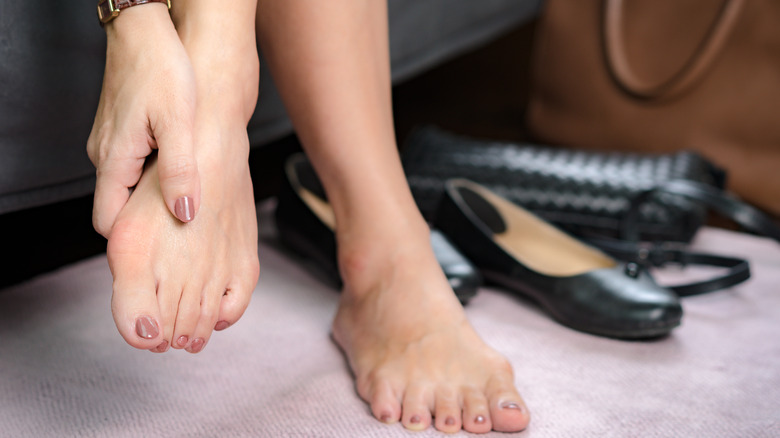Wondering what your body will look like after giving birth?
Most women also experience vaginal changes, saysLive Science.
Some may develop pelvic floor issues,stretch marks, or varicose veins.

On the positive side, your hair will look amazing!
Some of these changes are temporary, while others will last a lifetime.
Your belly, for example, may look completely different after childbirth.

Pregnancy and childbirthaffect every woman differently.
So, what body parts will change the most?
Keep scrolling to find out.

A pouch, stretch marks, loose skin, and diastasis recti are all common in a postpartum body.
Many women also develop a dark, vertical line called linea nigra, which appears on the abdomen.
Note that your tummy won’t return to its normal size immediately after delivery.

Your stomach area isn’t the only part of the body that changes a lot after a pregnancy.
A mother might also notice a huge change in her breasts.
About one-third of women develop smaller breasts after pregnancy and childbirth, Dr. Yvonne Butler Tobah toldUSA Todayin 2017.
Another third of new mothers see an increase in breast size, while others don’t experience any changes.
Your breasts may also become sore, hard, and engorged immediately after childbirth.
These symptoms are perfectly normal and should subside within three to four days, according toParents.com.
Later, they may begin to sag and leak.
Havingmultiple pregnanciesmay cause your breasts to sag, too.
Cigarette smoking can contribute to this problem as well, says WebMD.
Note that your nipples and areolas could become darker during pregnancy and stay that way after you give birth.
“I’ve had 3 kids, and my feet grew with each kid.
Another one claims that her left foot went up half a size after pregnancy.
Others noticed that their feet got smaller.
Again, these changes are completely normal.
“Yes, a woman’s feet swell during pregnancy.
Some women may also developvaricose veinson their feet and legs.
Blood volume increases by up to 20% during pregnancy, according toPenn Medicine.
This affects about half of all pregnant women and may persist after childbirth.
Sometimes, varicose veins are accompanied by pain and swelling.
If that’s your case, see a vascular doctor to rule out peripheral artery disease and other complications.